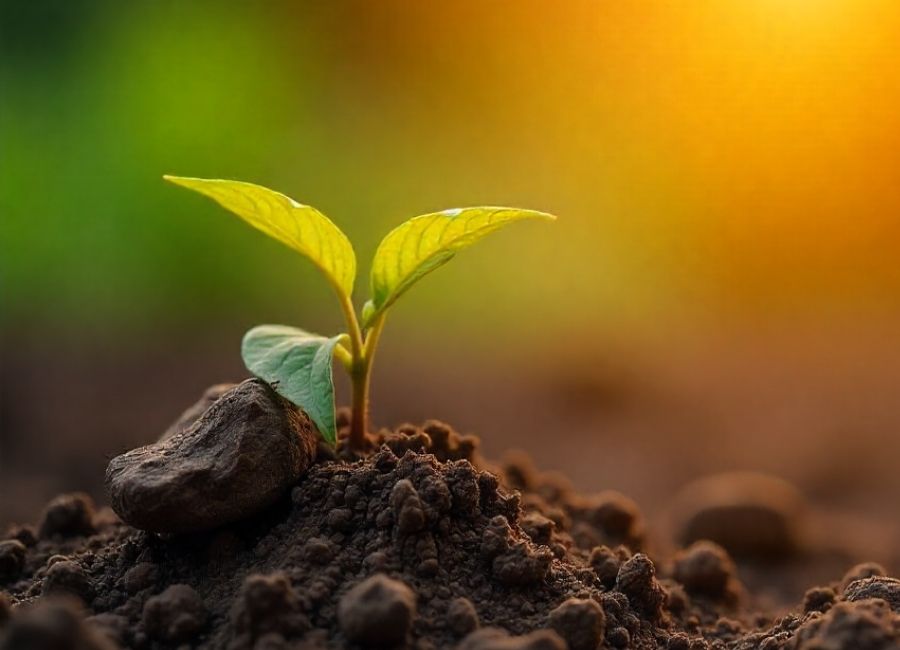Gardeners and homeowners often view rocks in their topsoil as an unwelcome nuisance. However, before you break out the shovel to remove every pebble in sight, you might want to pause and take a closer look. Could those rocks actually be serving a purpose?
This blog will explore the presence of rocks in topsoil, their potential impact on your garden, and whether they’re friend or foe. We’ll also outline key considerations for homeowners, gardeners, and agriculture enthusiasts who want to optimize soil conditions for healthy plants.
What Is Topsoil and Why Does It Matter?
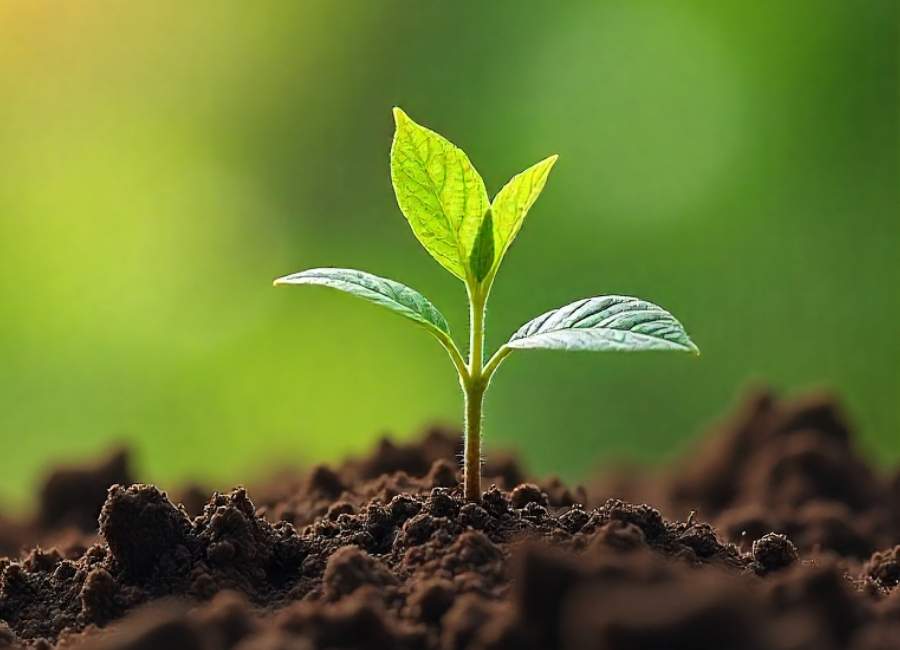
Topsoil is the uppermost layer of soil, typically the first 2-8 inches of earth. It’s where most biological activity occurs, serving as the primary growth medium for plants. Rich in organic matter, nutrients, and microorganisms, this layer is vital to plant health.
But what happens when your topsoil is riddled with rocks?
The effect rocks have depends on their quantity, type, and size. While some gardeners see rocky soil as a hurdle to tackle, others recognize its potential benefits when managed correctly. The key is understanding whether the rocks are negatively impacting plant growth or playing a helpful role.
How Do Rocks End Up in Topsoil?
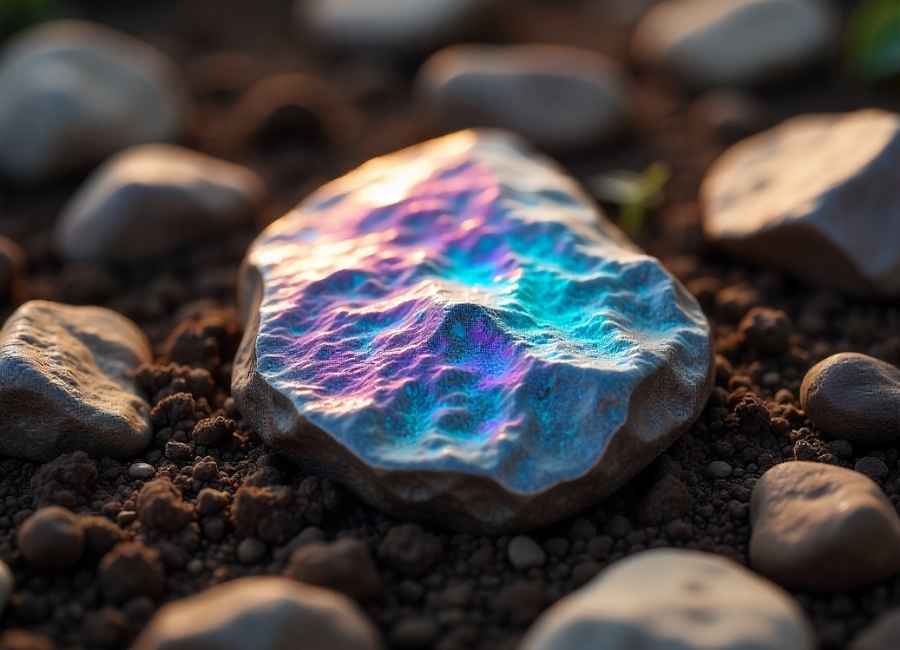
Rocks in topsoil exist naturally due to geological processes. Over thousands, or even millions, of years, layers of bedrock break down through weathering and erosion to create smaller stones and soil particles. Additionally, glaciers moving across landscapes have historically deposited rocks in fields and gardens as they advanced and retreated.
If you’re working with rocky soil, you’re likely dealing with one of these scenarios:
- Natural Land Formation: Many regions naturally contain rocky soil, especially in dry climates or areas with a history of glacial activity.
- Construction Impact: If your home is in a recently developed area, rocks may surface following major excavation or construction work.
- Erosion and Drainage: Water running through soil can expose rocks buried deeper underground, gradually shifting them upward over time.
Regardless of how the rocks arrived, their presence can make or break your gardening success.
Pros of Rocks in Topsoil
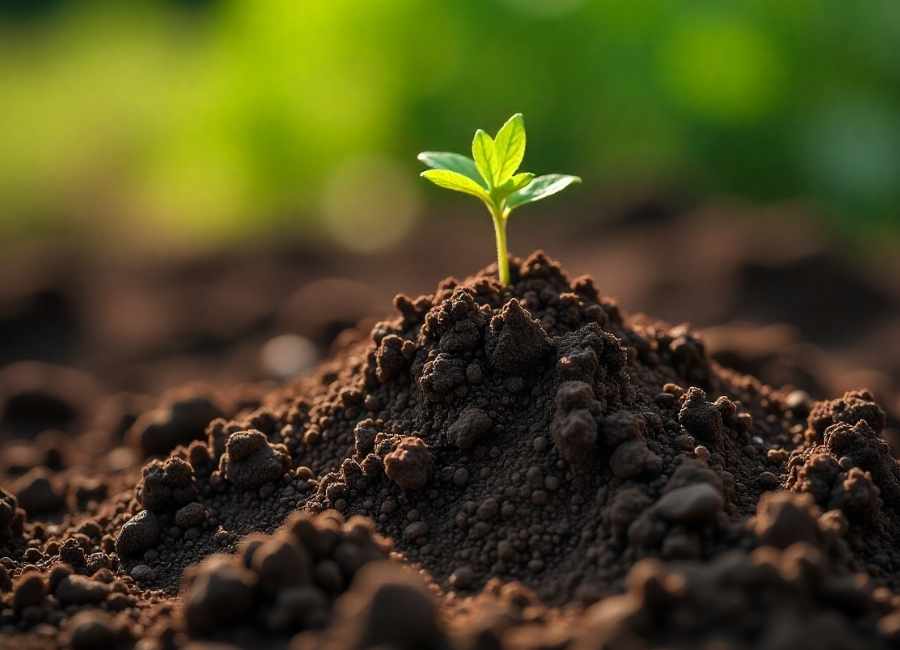
Believe it or not, rocks aren’t always a bad thing. Here are some surprising benefits rocks can bring to your soil and plants.
1. Improved Drainage
One of the primary advantages of rocks in topsoil is their ability to improve drainage. Rocks create channels within the soil, allowing excess water to flow away rather than pooling around plant roots. This can prevent root rot, especially for plants sensitive to waterlogged soil.
Tip: If you’re growing succulents or other drought-tolerant plants, a slightly rocky soil can be a game-changer.
2. Temperature Regulation
Rocks can act like natural heat regulators. During sunny days, they absorb warmth and release it at night, creating a more stable environment for plant roots. This is especially beneficial in cooler climates with frequent temperature fluctuations between day and night.
3. Erosion Prevention
Small to medium-sized rocks can protect topsoil from erosion caused by wind or heavy rains. Rocks anchor soil particles, reducing the likelihood of soil being swept or blown away. This is particularly helpful for sloped gardens or areas with loose soil.
4. Mineral Enrichment
Over time, certain types of rocks release minerals like calcium, magnesium, and potassium into the surrounding soil. These nutrients contribute to overall soil fertility and plant health. Basalt and volcanic rocks, for example, are often prized for their slow nutrient release.
5. Aesthetic Appeal
From a landscaping perspective, rocks can add visual interest and character to gardens. When combined with plants and mulch, rocky soil can provide a rustic, natural look that complements various design styles.
Cons of Rocks in Topsoil
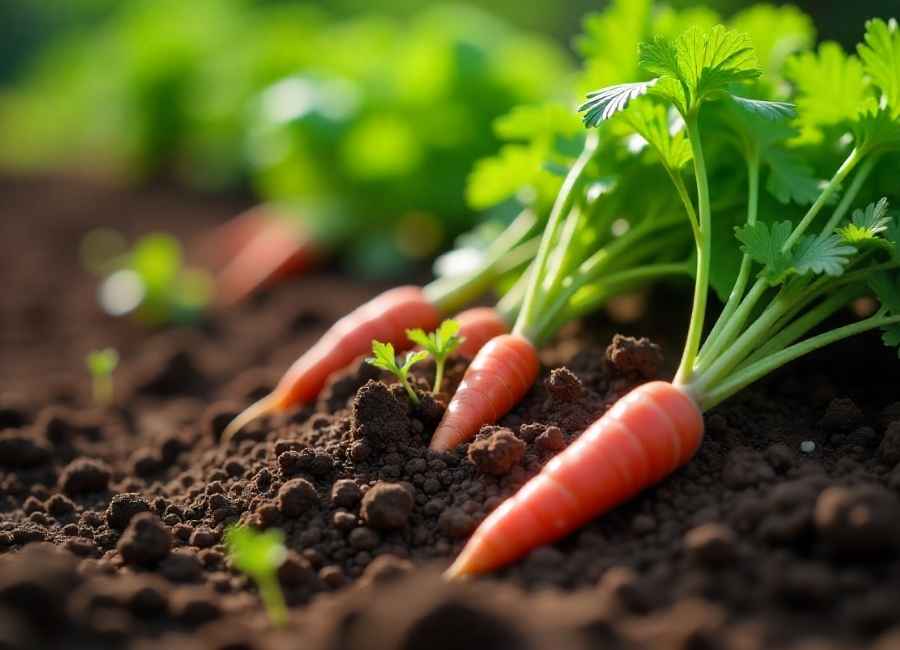
Of course, having rocks in your topsoil isn’t always sunshine and roses. Here are a few drawbacks to consider.
1. Hindered Root Development
Heavy or compact rocky soil can make it difficult for plant roots to penetrate deeply. Plants with shallow root systems often struggle to establish themselves, while larger root vegetables, like carrots or potatoes, may grow irregularly.
2. Reduced Water Retention
While rocks help with drainage, they also reduce water retention in the soil. This can be a problem for plants that require consistent moisture, as the soil may dry out faster than expected.
3. More Work for Gardeners
Rocks definitely add to your labor if you’re tilling, planting, or installing irrigation systems. They can damage gardening tools, hinder digging, and make tasks like transplanting seedlings significantly harder.
4. Impact on Fertilizer Distribution
Too many rocks in soil may interfere with the even distribution of fertilizers and other soil amendments. Rocks can block fertilized water from seeping to a plant’s roots effectively, which reduces the overall benefits of the nutrients.
Should You Remove Rocks From Your Garden?
The decision to remove rocks really depends on the plants you’re growing and the composition of your soil. Here are a few considerations:
- When to Remove Rocks
If you’re planting delicate seedlings, root vegetables, or crops that require a deep root system, it’s a good idea to remove larger rocks from the soil. Additionally, rocks that sit too close to the surface might create obstacles for mowing or harvesting.
- When to Leave Them
For hardy plants like cacti, succulents, or Mediterranean herbs such as rosemary and thyme, leaving smaller rocks in the soil can improve drainage and mimic their natural growing conditions.
- Scale Matters
Pebbles or smaller stones can often be left alone, but larger rocks that take up significant space or hinder planting efforts are better removed.
How to Manage Rocky Soil Effectively

If you’ve decided to work with rocky soil instead of removing all the rocks, here’s how to make the most of it:
Step 1. Amend with Organic Matter
Improve soil fertility by incorporating organic matter like compost or manure to balance the nutrient content and retain moisture.
Step 2. Use Raised Beds
Raised beds allow you to control the soil composition more effectively. If your garden soil is impossibly rocky, consider building raised beds filled with high-quality, rock-free soil.
Step 3. Screen Your Soil
For a balance between too many and too few rocks, use a garden soil sifter to remove larger pieces while keeping smaller stones that contribute to drainage.
Step 4. Plant Strategically
Opt for drought-resistant or shallow-rooted plants that thrive in well-draining soil. Incorporate mulch to reduce water evaporation and control weeds.
Step 5. Create Walkways
Instead of struggling with rocky topsoil in pathways, use larger stones or gravel to create natural, durable walkways in your garden design.
Wrap Up Your Landscaping with These Tips
Rocks in the topsoil don’t have to spell disaster for your gardening plans. With thoughtful management, rocks can be allies rather than enemies, enhancing both the functionality and aesthetics of your outdoor space.
For those looking to transform rocky challenges into gardening successes, the key lies in understanding your soil composition, choosing the right plants, and adopting strategies that work with the land rather than against it.
Whether you’re starting a vegetable garden, designing a flower bed, or just figuring out what to do with your rocky yard, remember that the right approach can make all the difference.







